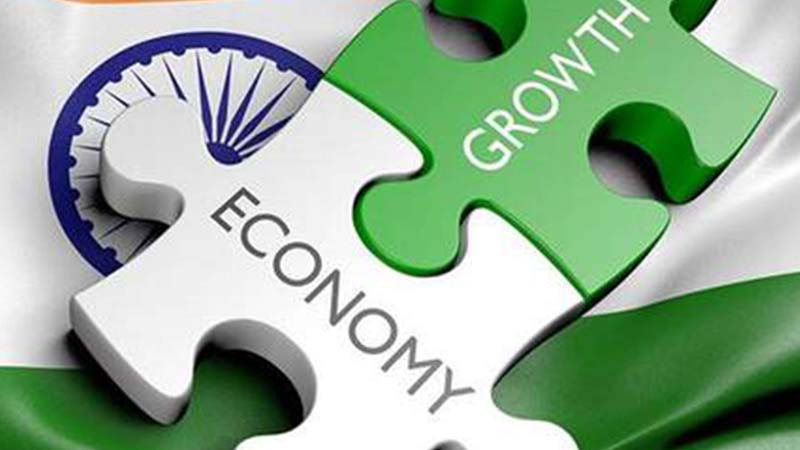Indian markets set new records in 2019 powered by a strong rally in large cap stocks. However, the poor showing by the small and mid-cap stocks weakened aggregate market performance, leaving Indian market cap growth at the bottom in the top 10 markets worldwide.
In dollar terms, India had an aggregate market cap of $2.15 trillion at the end of December, up merely 3.43% from a year ago, while the benchmark 30-share Sensex gained 11.91%, according to Bloomberg data.
In rupee terms, the aggregate market cap touched ₹155.55 trillion, up 7.65%, while the Sensex rose 14.38%.
There are several reasons for the tepid growth in India’s market cap, said Deepak Jasani, head of retail research at HDFC Securities. “Economic slowdown or weak GDP growth, deteriorating corporate governance at some companies, inefficient capital allocation decisions and weakening local currency are few of the causes of India’s low market capitalization growth in dollar terms,” he said.
The rupee was among the worst performing currencies in Asia. After weakening 8.46% in 2018, the rupee fell a further 2.25% in 2019. South Korea’s won weakened the most, falling 3.49% against the dollar in 2019.
Jasani also pointed to the polarization in the markets.
“In 2019, most of the rally in the benchmark indices was led by a handful of stocks while the majority of them, especially in the mid and small-cap segments, saw value erosion,” he said.
Shares of both BSE Midcap and Smallcap indices in overall market capitalization also fell, while that of the Sensex grew all through the year. At December end, the BSE MidCap and Smallcap indices contributed 13.14% and 13.2%, respectively, to India’s total market cap, down from 13.73% and 15.13% in January. Meanwhile, the contribution of the Sensex to market cap grew from 44.77% in early 2019 to 48.81% at the end of December. The BSE MidCap and SmallCap indices lost 3.05% and 6.85%, respectively, in 2019.
ICICI Securities said that 2019 was “a year of dissonance” with the economy and equity performance reflecting a clear disunion. “Even within equities, polarization was clearly visible with select large caps ruling the roost with the broader market witnessing a dry spell,” it said in a report. It expects the constituent additions such as insurance and asset management companies to drive up benchmark indices.
However, India still managed to stay above the market capitalization of $2 trillion ranking ninth in the league table of the world’s biggest stock markets. In December 2018, India had briefly climbed to the seventh position.
India improved its rank in terms of global market cap from 17 to 8 over 2004-2010, backed by average GDP growth of 8.8% during the period. In the decade ending 2019, India improved its global market cap ranking by just one notch from 10th in 2009 to 9th in 2019. India’s share in world market cap is at 2.5%, in line with its historical average.
In 2019, global stock markets added more than $17.34 trillion in total value, from $69.65 trillion to $86.99 trillion. China’s market capitalization jumped 36.51% in 2019, the sharpest among the top 10 countries. Its value was at $7.34 trillion, much lower than the $34.38 trillion of market topper US. The market cap of US markets rose 27.92% in 2019.
Global markets across both developing as well as developed nations have witnessed an expansion in valuation over 2019, according to analysts. In some markets, such as the US and China, it was supported by a decline in key benchmark rates by central banks, while in some markets such as Japan, Germany, and the UK, it came amid near-zero benchmark interest rates.
In a November report, Macquarie said 2019 has been a most “dangerous year”, with the conflict between the US and China.
It said that with global GDP slowing and the US Federal Reserve estimating US growth below 1% in the fourth quarter, the next three months will be critical, with any deterioration reviving recession fears.

